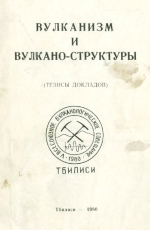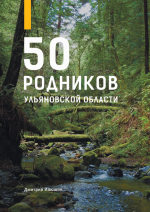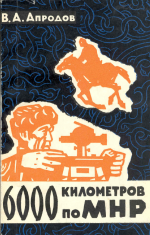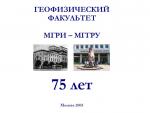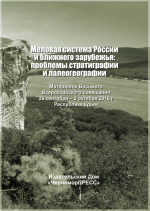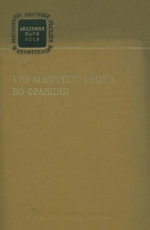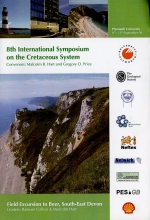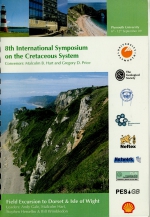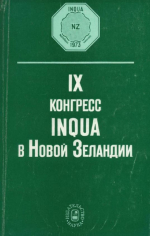Добрый день, Коллеги. Важное сообщение, просьба принять участие. Музей Ферсмана ищет помощь для реставрационных работ в помещении. Подробности по ссылке
- « первая
- ‹ предыдущая
- …
- 4
- 5
- 6
- 7
- 8
- 9
- 10
- 11
- 12
- …
- следующая ›
- последняя »
- « первая
- ‹ предыдущая
- …
- 4
- 5
- 6
- 7
- 8
- 9
- 10
- 11
- 12
- …
- следующая ›
- последняя »


